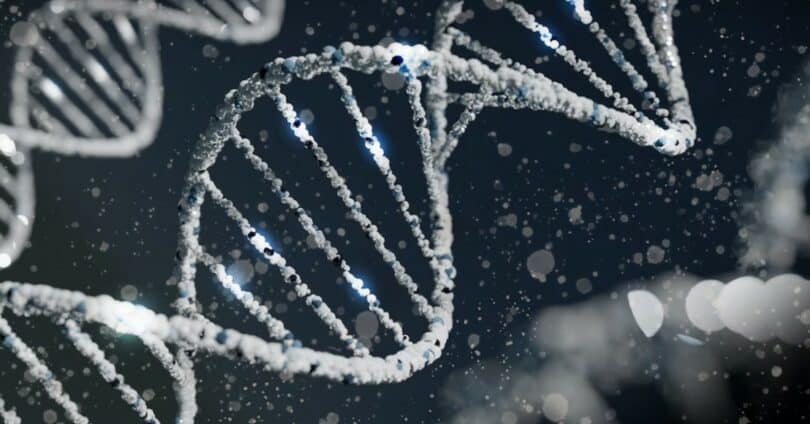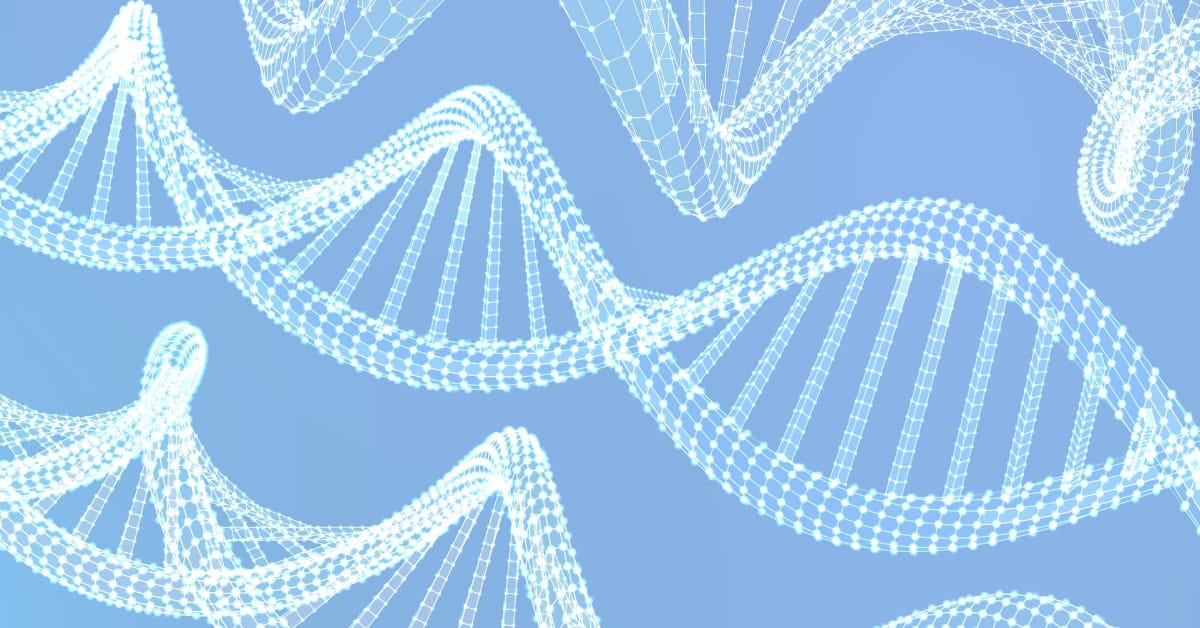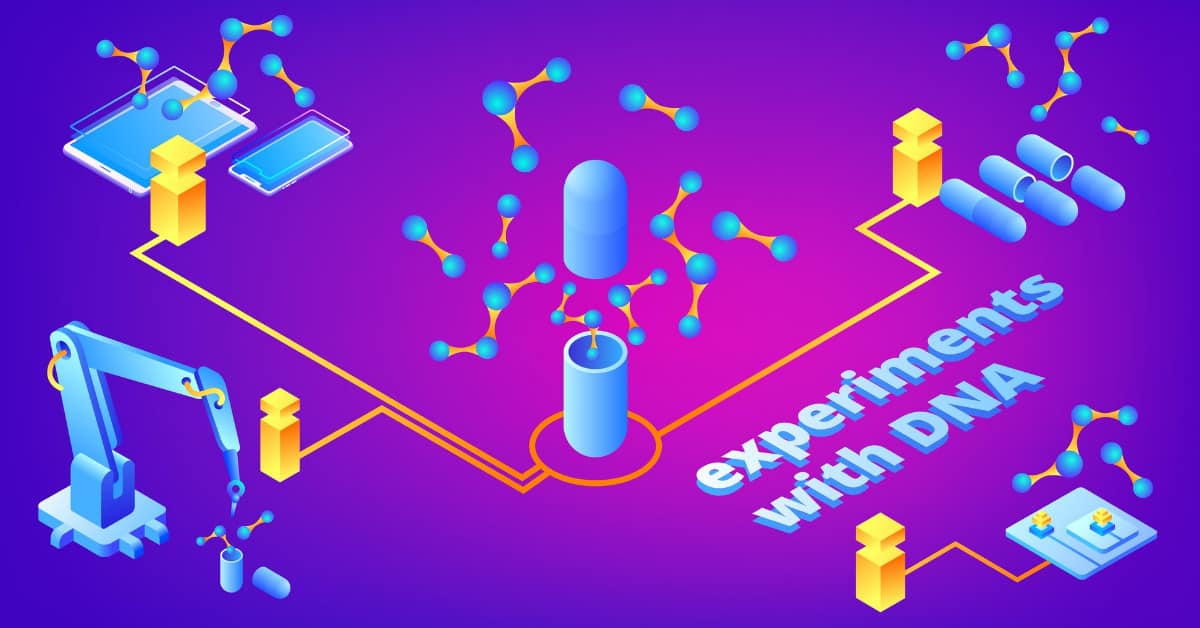Gateway Cloning is a widely-used molecular biology technique that enables researchers to quickly and easily create expression constructs. It has become an essential tool for many researchers, and it offers several advantages over other cloning methods. Not only is it relatively fast and simple, but the technique also allows researchers to work with a variety of different vector backbones, as well as multiple cloning sites.
In this blog post, we will explore 7 useful pieces of information you should know about Gateway Cloning. So whether you’re a beginner or an experienced researcher, keep reading to learn more about this essential technique.
The Gateway Cloning System
The Gateway Cloning System was developed by Invitrogen (now Thermo Fisher Scientific) and is based on the site-specific recombination of DNA sequences. It involves the use of recombination sites (attB and attP) and recombinase enzymes (attL and attR) to create expression constructs.
It is based on a modular approach, where the DNA sequences of interest are cloned into Entry Vectors, which are then recombined with Destination Vectors to create the final expression construct. The system offers several advantages, including a high degree of flexibility, speed, and accuracy. This makes it a popular choice for many types of cloning projects including protein expression, gene editing, and more.
Advantages of Gateway Cloning
Before we dive into the details of Gateway Cloning, let’s take a look at some of its advantages. One of the main advantages of cloning using gateway technology is its flexibility. The modular design of the system enables researchers to easily switch between different Entry Vectors and Destination Vectors, allowing for the rapid generation of expression constructs for a wide range of applications.
Another advantage of Gateway Cloning is its speed. The recombination reactions involved in the system are highly efficient and can be completed in as little as 1-2 hours. This can save researchers a significant amount of time and resources compared to other cloning methods.
Gateway Cloning is also highly accurate. The site-specific recombination events that occur during the cloning process are highly specific, ensuring that the desired DNA sequences are inserted into the final expression construct without any unwanted mutations or rearrangements.
Another important benefit of Gateway Cloning is that it allows researchers to work with multiple cloning sites and a variety of vector backbones. This makes it possible for researchers to easily customize their expression constructs, allowing them to tailor the expression construct to suit their specific research needs.
Finally, Gateway Cloning is relatively inexpensive compared to other cloning methods, making it a cost-effective option for many researchers. This is particularly helpful for smaller laboratories that may not have the budget to purchase more expensive cloning kits.
Entry Vectors
Entry Vectors are the first step in the Gateway Cloning process. They are designed to accept DNA sequences of interest and contain attL and attR recombination sites that allow for the transfer of these sequences to Destination Vectors.
They can be used to clone a wide range of DNA sequences, including PCR products, cDNAs, and genomic fragments. A variety of Entry Vectors are available, including the versatile pDONR221 vector and specialized vectors for cloning protein expression cassettes.
Destination Vectors
Destination Vectors are used to create the final expression construct. They contain attB recombination sites that allow them to accept DNA sequences from Entry Vectors and also contain selection markers for host transformation.
A wide range of Destination Vectors is available, allowing researchers to easily customize their expression constructs for different applications such as protein expression, gene editing, and more. Some of the most commonly used Destination Vectors include pDEST17, pDEST41, and pDEST53.
Recombinases
Recombinases are enzymes that catalyze the recombination of DNA molecules. In Gateway Cloning, two recombinase enzymes are used to transfer DNA sequences from Entry Vectors to Destination Vectors: attL and attR.
AttL combines with the attB site on a Destination Vector, while attR combines with the attP site on an Entry Vector. Once bound, these enzymes facilitate a highly specific exchange of DNA between the two vectors, resulting in the creation of an expression construct containing both target sequences.
The Gateway Cloning Process
The process involves the transfer of DNA from Entry Vectors to Destination Vectors using two recombinase enzymes, attL, and attR. The result is an expression construct containing both target sequences with high accuracy and efficiency.
The Gateway Cloning process begins by inserting the desired DNA sequence into an Entry Vector such as pDONR221 or specialized vectors designed for protein expression cassettes. Once inserted, these vectors are transformed into host cells where they can replicate and express the desired gene product.
Next, the recombinase enzymes attL and attR are used to transfer the DNA sequence from the Entry Vector to a Destination Vector such as pDEST17, pDEST41, or pDEST53 which contain selection markers for host transformation. This exchange occurs in a highly specific manner without any unwanted mutations or rearrangements occurring in either vector during recombination.
Once transferred, these Destination Vectors are then transformed into host cells where they can replicate and express their target genes products according to their design specifications. The host cell will depend on the type of expression construct being used but can include bacterial, mammalian, or insect cells.
Depending on the nature of your project you may need additional steps such as expression optimization or gene editing to ensure that your construct is functioning the way you intend it to.
Finally, your expression construct is ready for use in downstream applications. Gateway Cloning is an invaluable tool for researchers and can be used to rapidly create constructs with a high degree of accuracy and precision.
Tips for Successful Gateway Cloning
To ensure successful Gateway Cloning, it is important to follow several best practices:
- Use high-quality DNA templates for PCR amplification or other cloning methods.
- Optimize PCR conditions to ensure specific amplification of the DNA fragment of interest.
- Use restriction enzymes that produce compatible overhangs for cloning into the Entry Vector.
- Use appropriate controls to monitor the cloning and recombination steps.
- Use efficient transformation methods for expression construct delivery to host cells.
- Verify the integrity of the expression construct using sequencing or other quality control methods.
Applications of Gateway Cloning
Gateway Cloning has become an essential tool for many researchers in a wide range of fields, including genetics, biotechnology, and pharmaceuticals. Some common applications of Gateway Cloning include:
- Generation of fusion proteins for protein-protein interaction studies
- Creation of expression constructs for functional analysis of genes
- Construction of RNA interference (RNAi) vectors for gene silencing studies
- Development of vaccines and gene therapies using viral vectors
- Production of recombinant proteins for industrial and medical applications
The Bottom Line
Gateway Cloning is a highly flexible, accurate, and efficient cloning method that offers many advantages over other cloning methods. The modular design of the Gateway Cloning system allows for the rapid generation of expression constructs for a wide range of applications. To ensure successful Gateway Cloning, it is important to follow best practices and optimize each step of the cloning process. With its widespread use and versatility, Gateway Cloning will continue to be a valuable tool for researchers in many fields of molecular biology.









